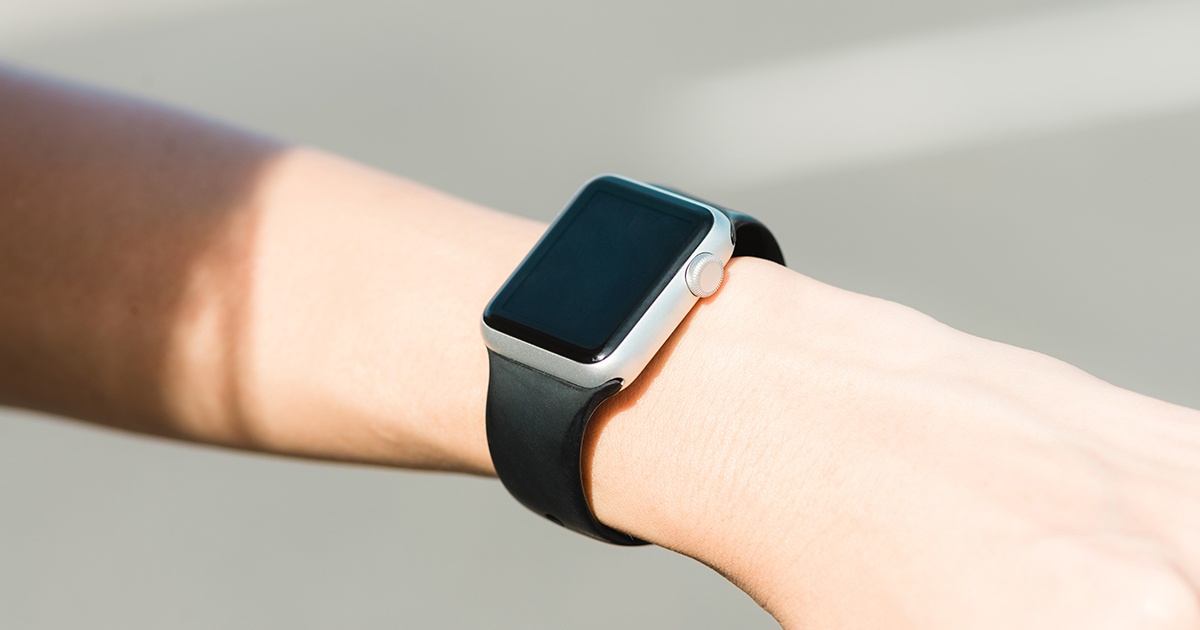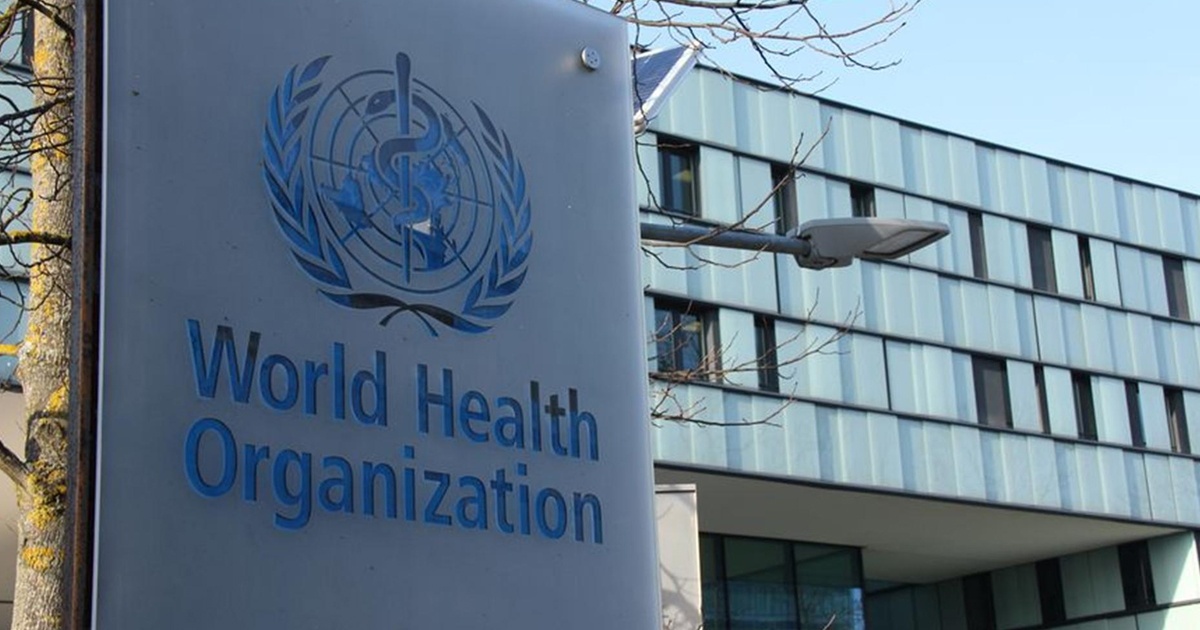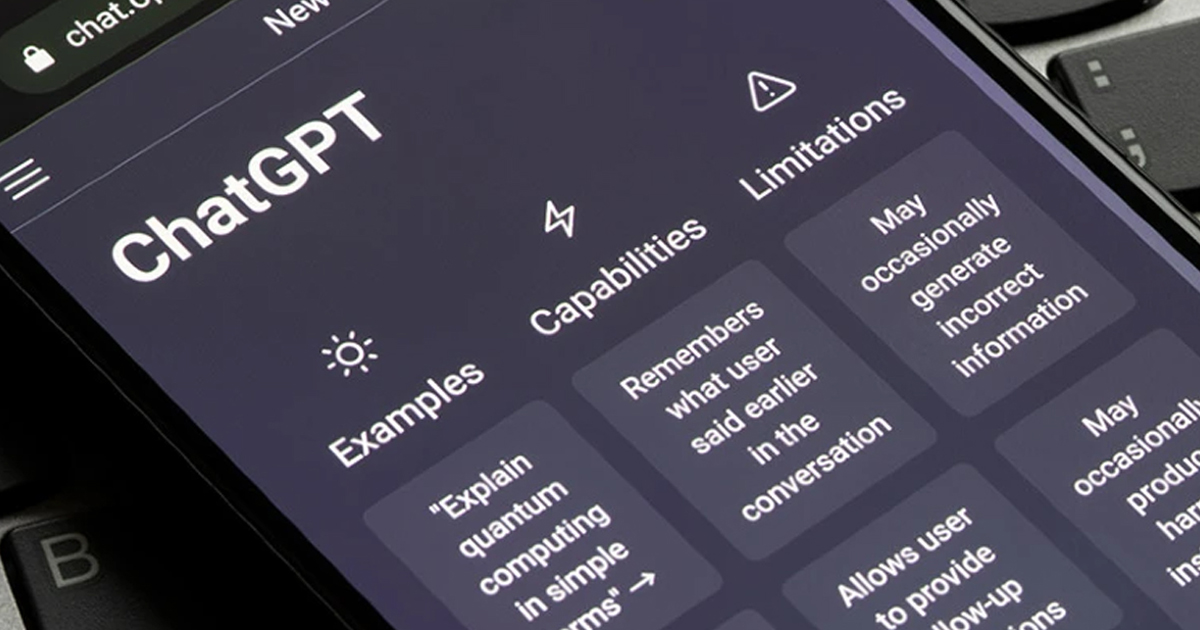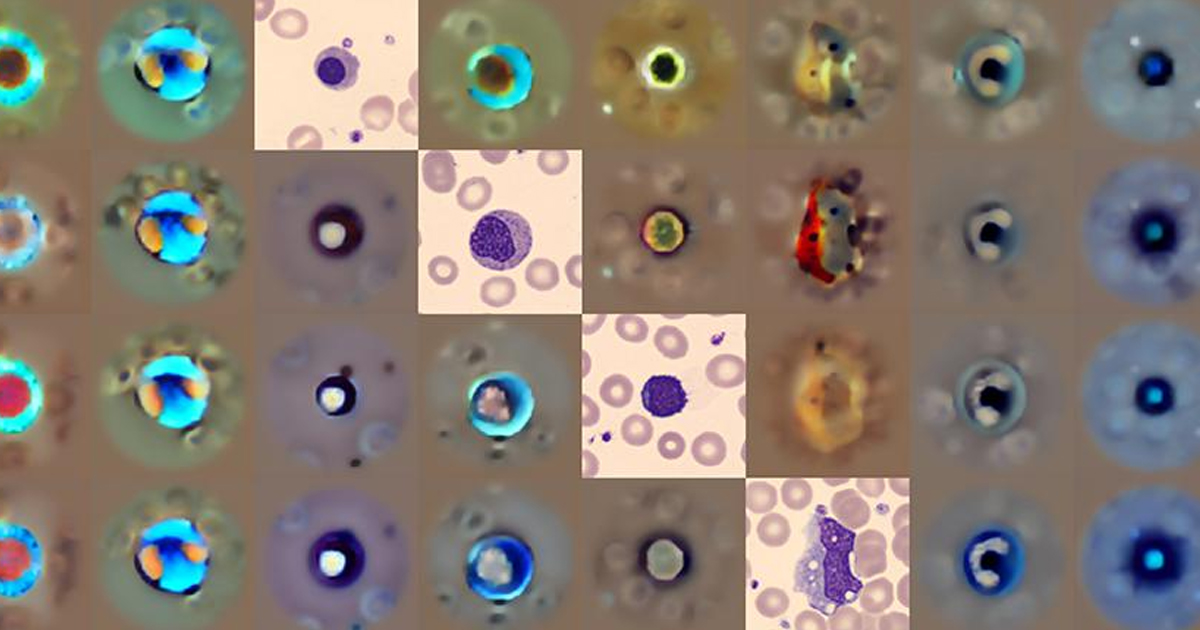A través de los dispositivos móviles también conocidos como relojes inteligentes o smartwatches, es posible medir la frecuencia respiratoria, frecuencia cardiaca y métricas de salud que se asocian con síntomas de COVID-19.
La revista npj digital Medicine, publicó recientemente el artículo: “Evaluación de los signos fisiológicos asociados con COVID-19 medidos con dispositivos móviles”. La frecuencia respiratoria, la frecuencia cardiaca y la variabilidad de frecuencia cardiaca (VFC), fueron las tres métricas evaluadas para este estudio, ya que las tres son fácilmente medibles a través de los dispositivos inteligentes. Además, son signos que podrían determinar si existen signos tempranos de enfermedad por coronavirus.
Para realizar el estudio recopilaron datos de más de 30 mil pruebas PCR, de las cuales 2,745 personas fueron diagnosticadas con COVID-19, con infección activa del 21 de mayo al 11 de septiembre de 2020, quienes fueron los participantes finales. Los más de 2 mil participantes contaron con un dispositivo inteligente smartwatch.
Entre los participantes masculinos, 11,9% fueron asintomáticos, por 11,2% de las participantes femeninas. 48,3% del hombre se recuperaron solos en casa y de las mujeres 47,8%, en cuanto a las personas que requirieron hospitalización (sin ventilador), 9,3% de los hombres por 6,6% de las mujeres. Entre los pacientes que si requirieron ventilación asistida reportaron 0,5% en los hombres y 0,4% en las mujeres.
Sobre la sintomatología, los participantes reportaron 21 síntomas, de los cuales su prevalencia dependió en el sexo de los participantes. La fatiga fue el síntoma que más estuvo presente entre los participantes, 66,1% de los hombres, por 76,1% de las mujeres. Seguido de fiebre con 59,4% de los hombres y 52% de las mujeres.

El estudio presentó una formula simple para la estimación de necesidad de atención hospitalaria en los participantes, esta fórmula consideraba los síntomas de enfermedad y síntomas auto informados, como diabetes, hipertensión, entre otras enfermedades crónicas la edad, el sexo y el índice de masa corporal (IMC). La principal variable que indicó la predicción de necesidad de hospitalización fue la dificultad para respirar, así como los síntomas gastrointestinales como vómito y pérdida de apetito fueron indicativos de una enfermedad grave. Por otra parte, el dolor de garganta y de estómago fueron los menos probables para una hospitalización.
La importancia de este estudio también tuvo su fuerte en los síntomas auto informados. Los autores reconocieron que, a pesar del número de predicciones realizadas, de 196 de 2179 en necesidad de hospitalización, el estudio “proporciona una contribución científica importante al sugerir que (a) el riesgo de hospitalización se puede calcular a partir de síntomas auto informados, y (b) los dispositivos portátiles de los consumidores pueden detectar signos fisiológicos relevantes y predictivos relacionados con COVID-19”.







